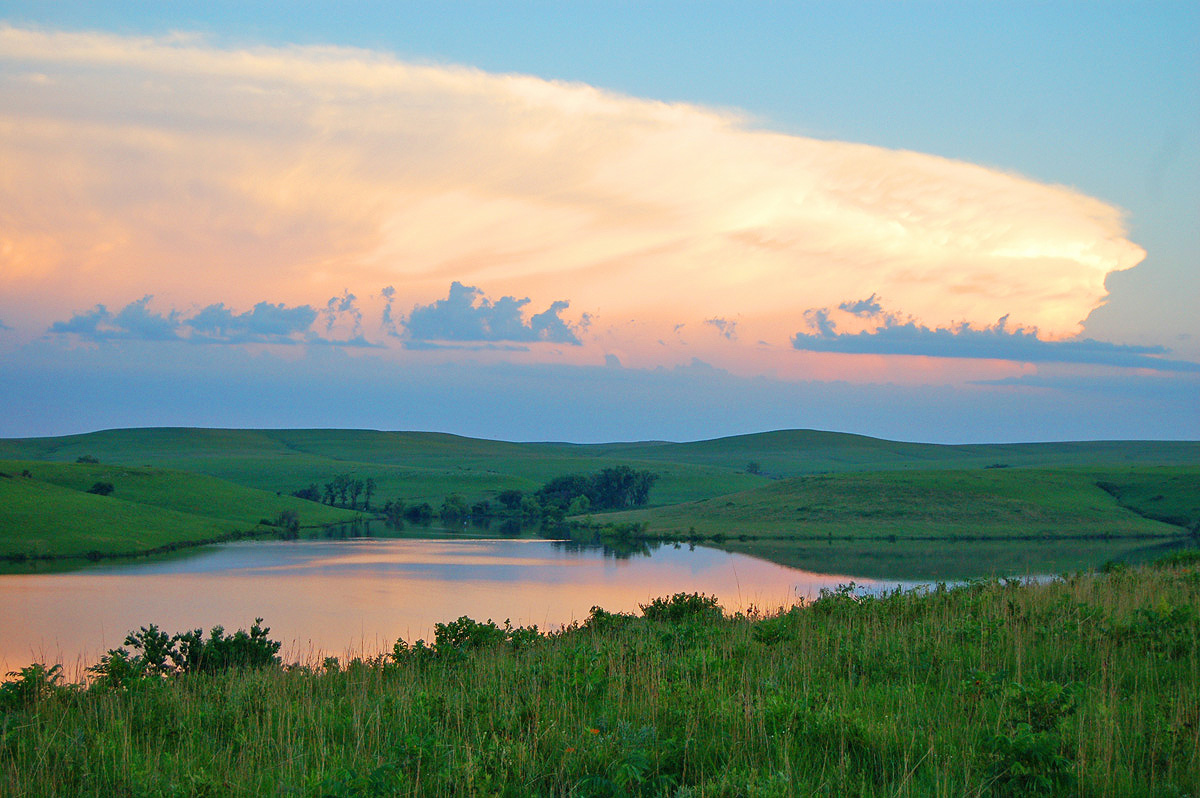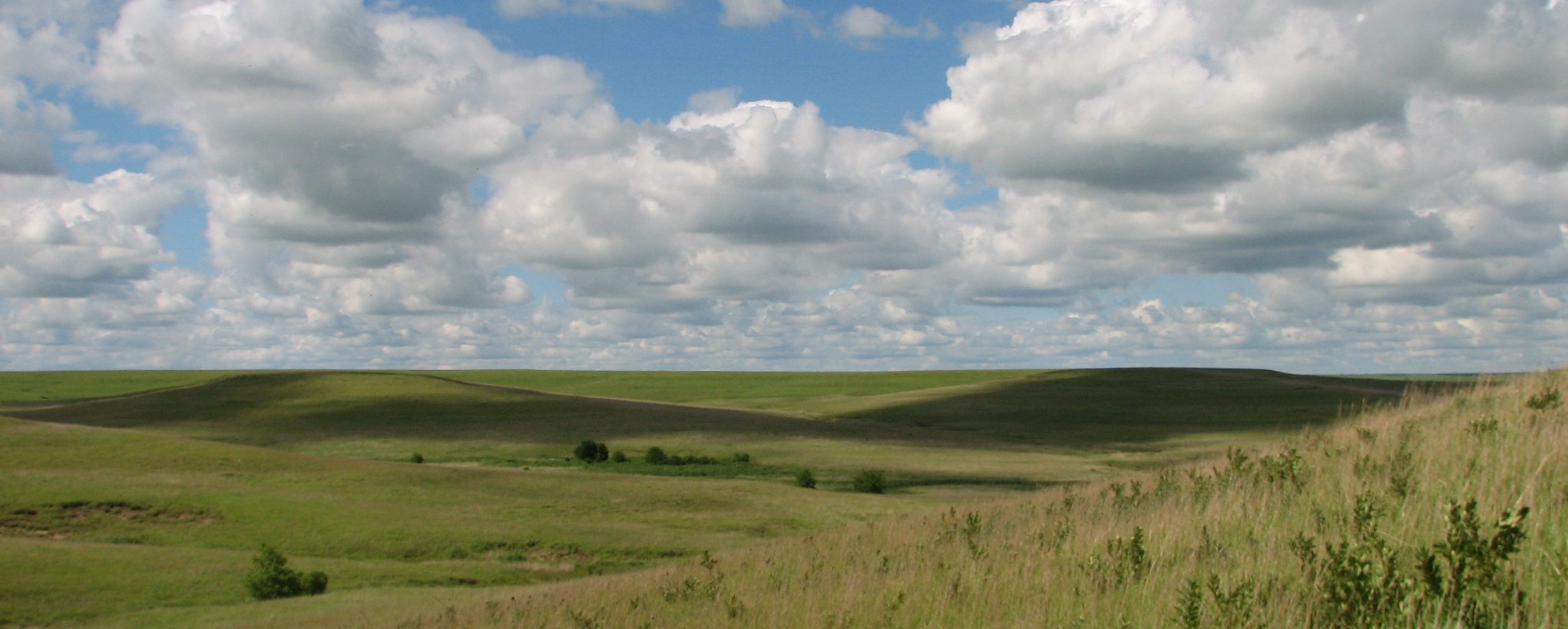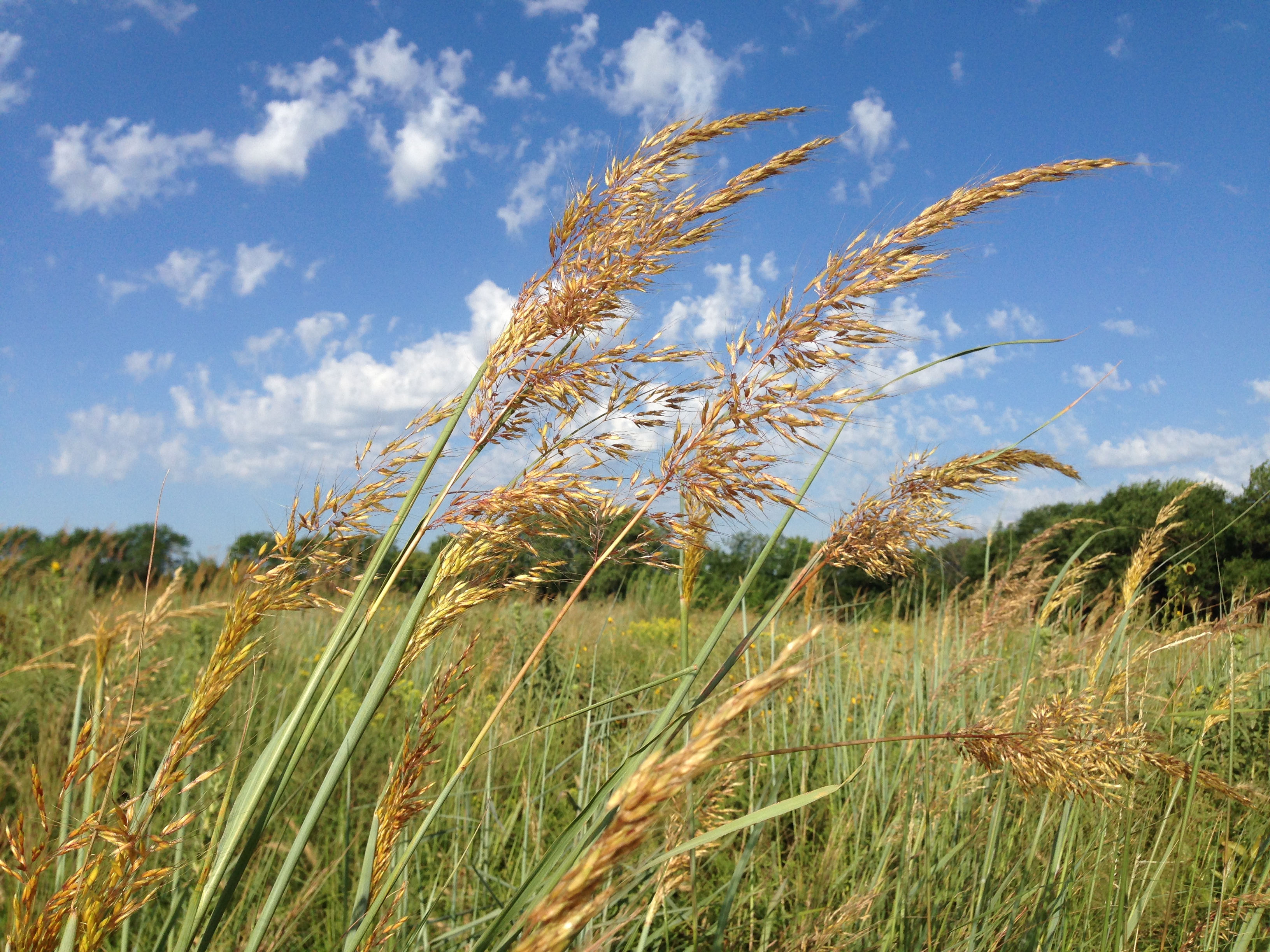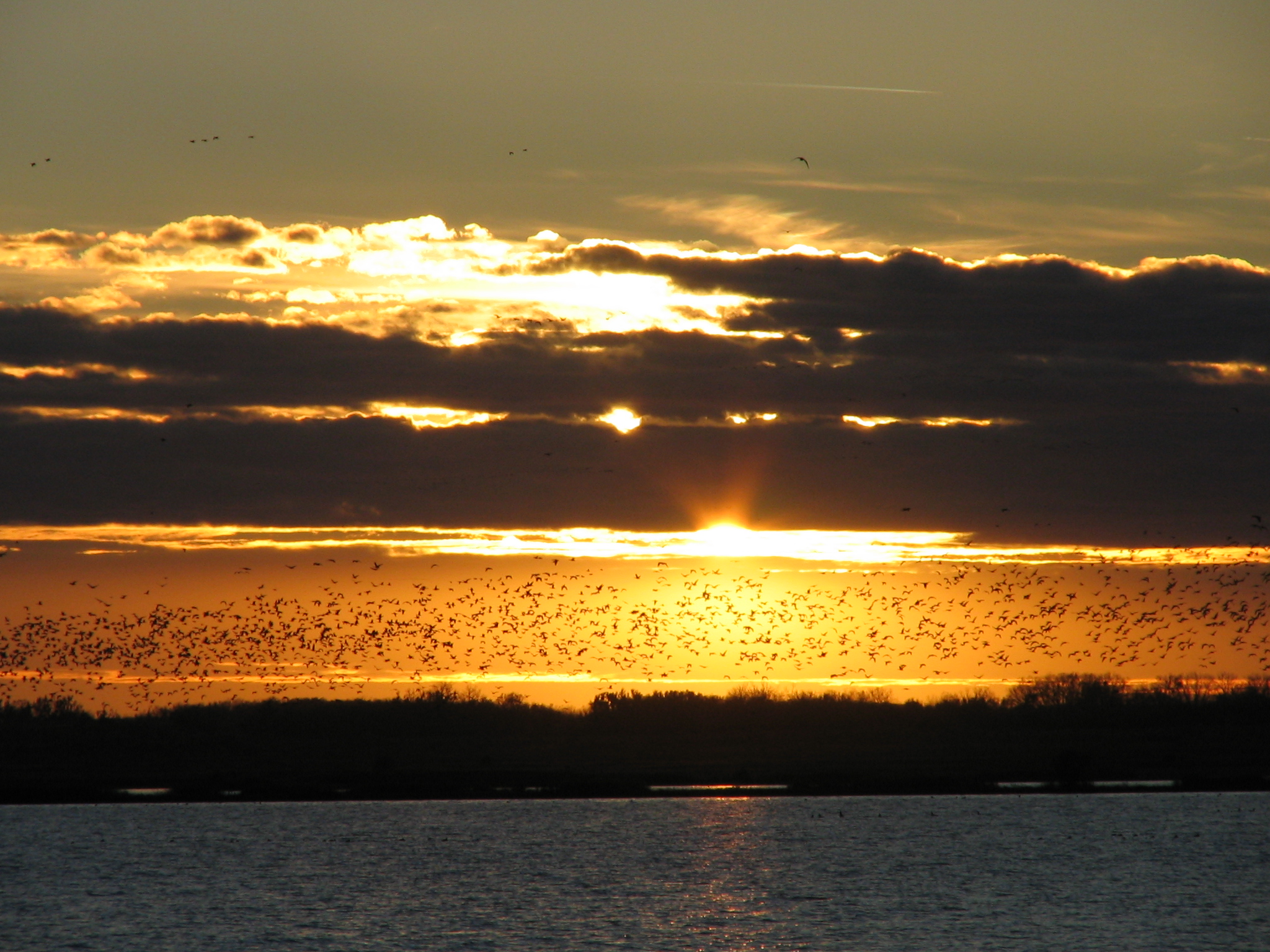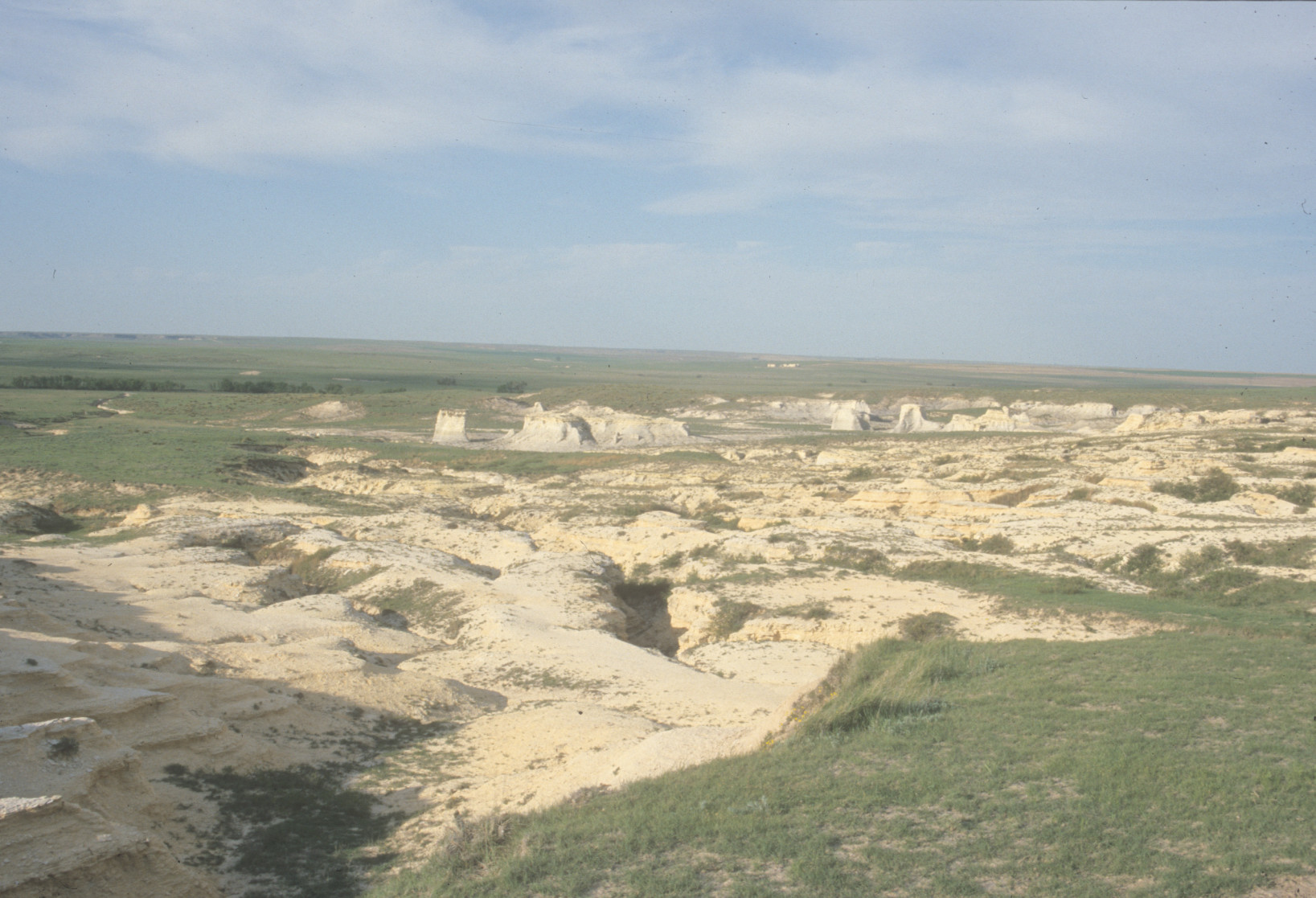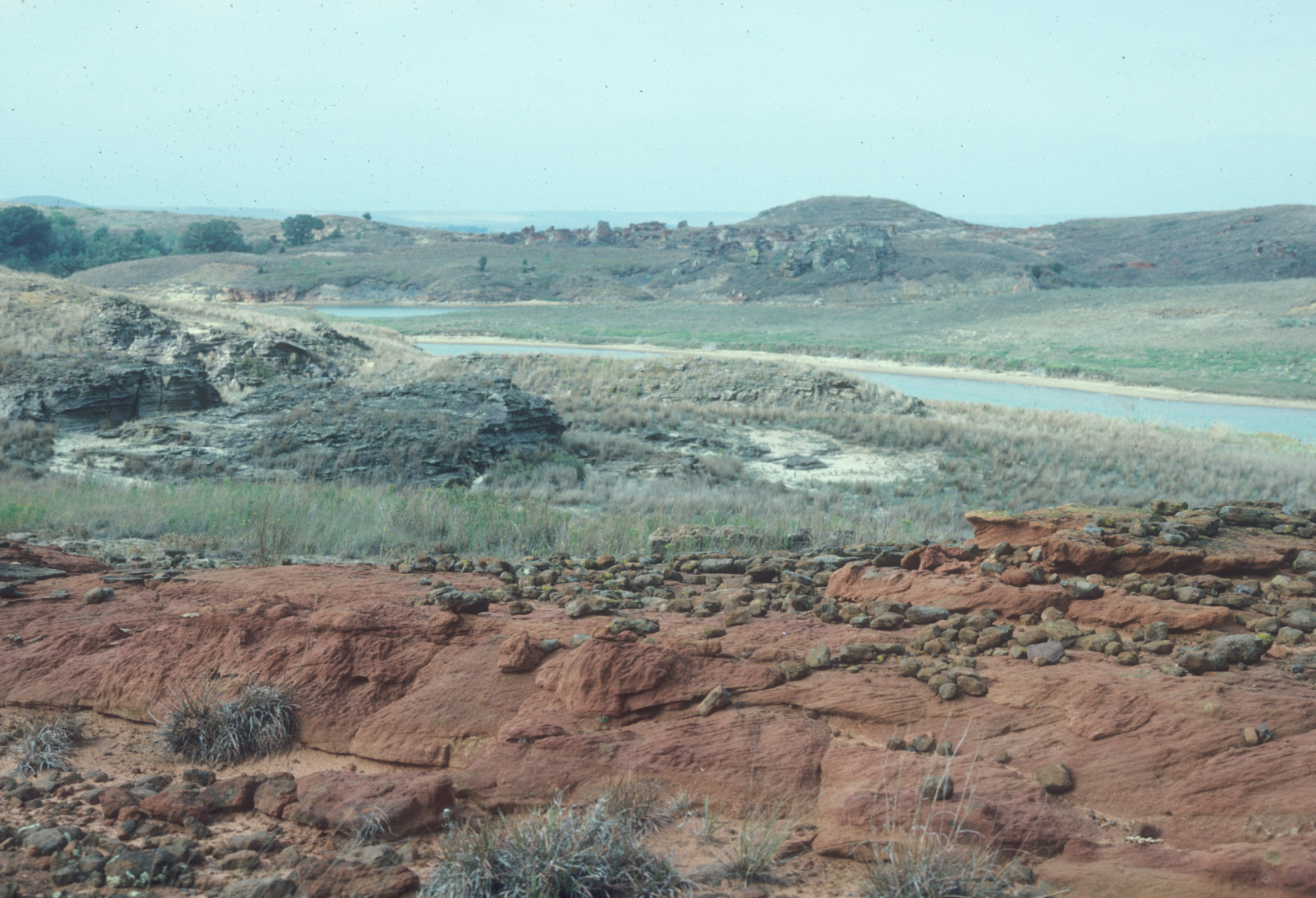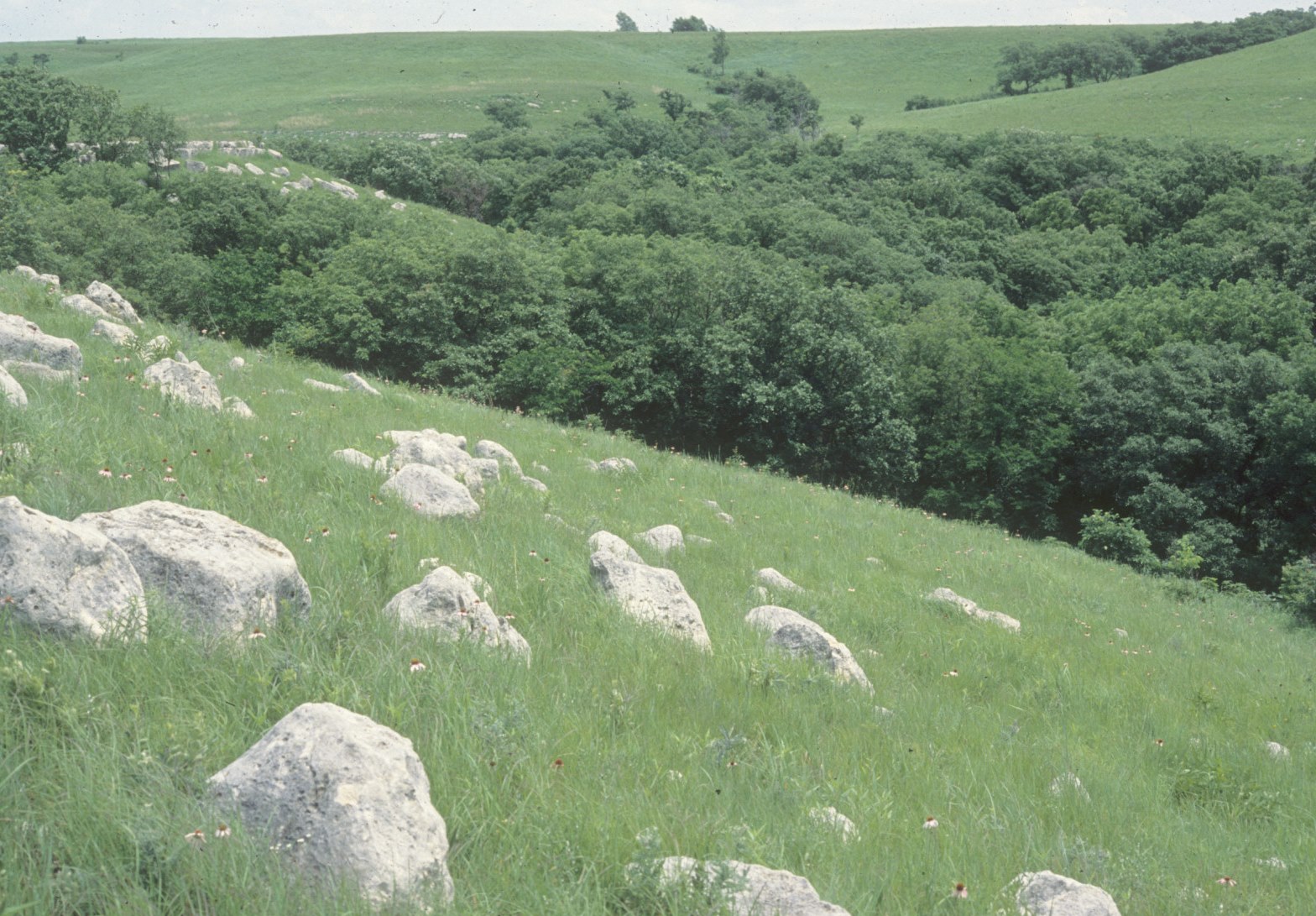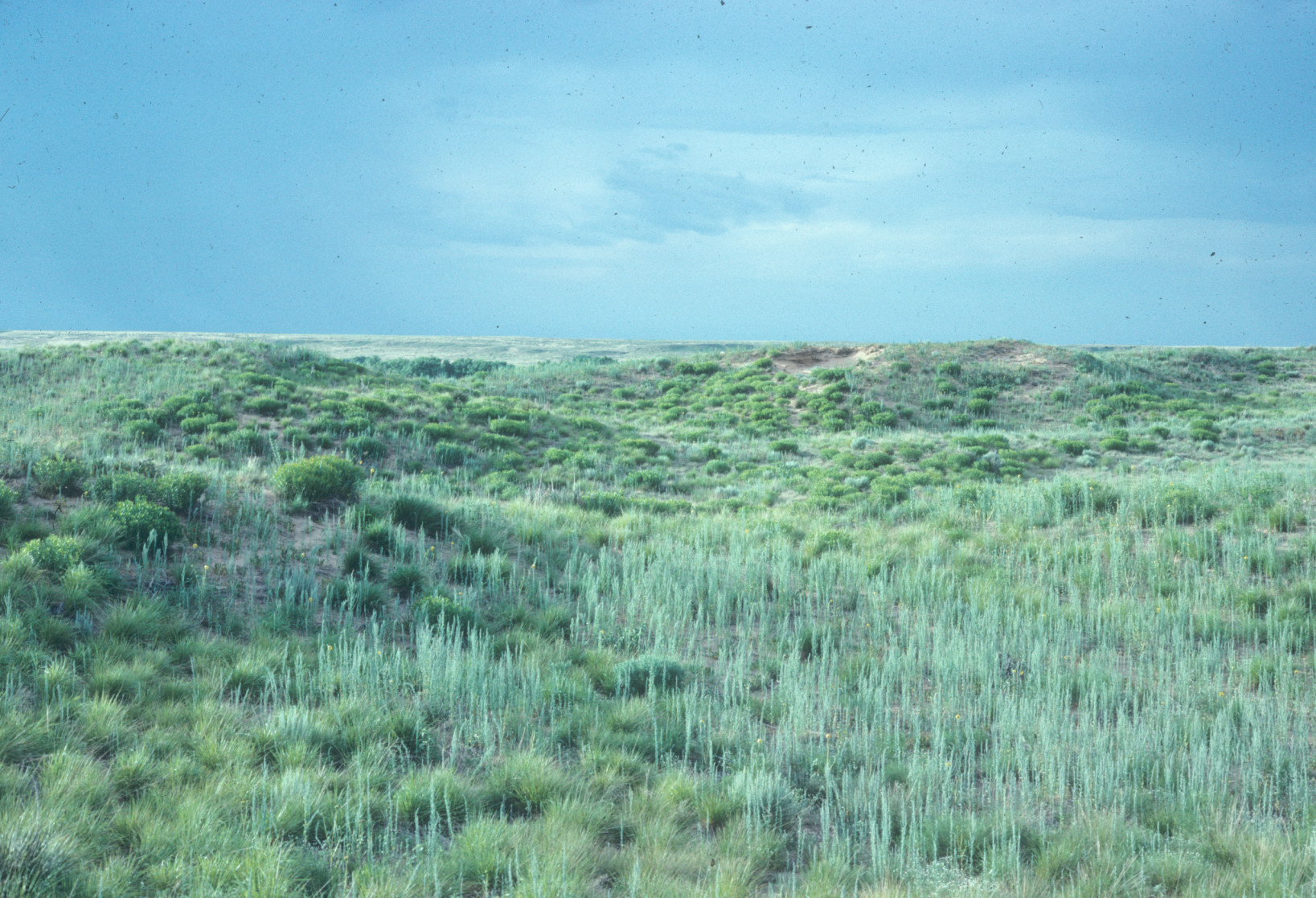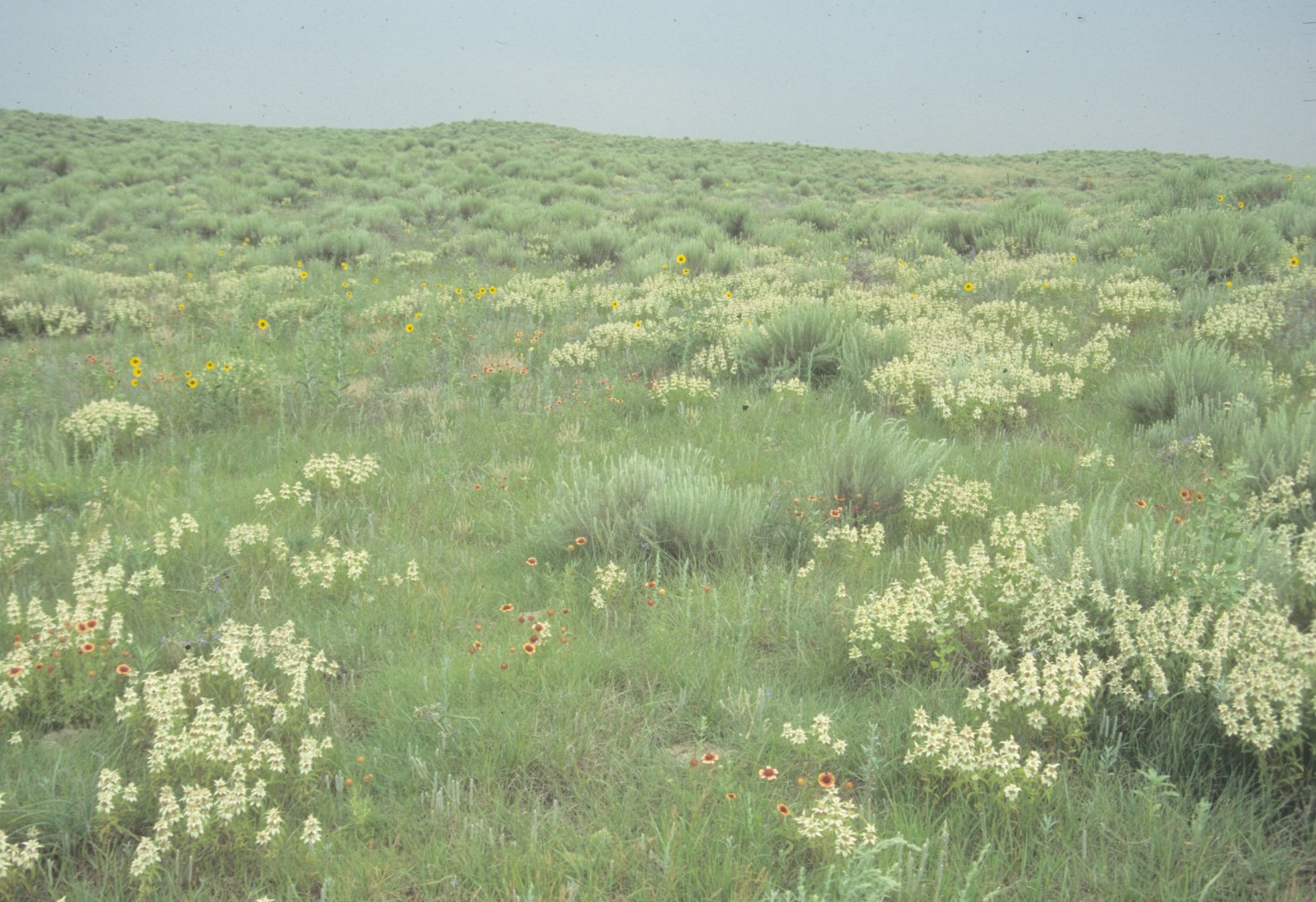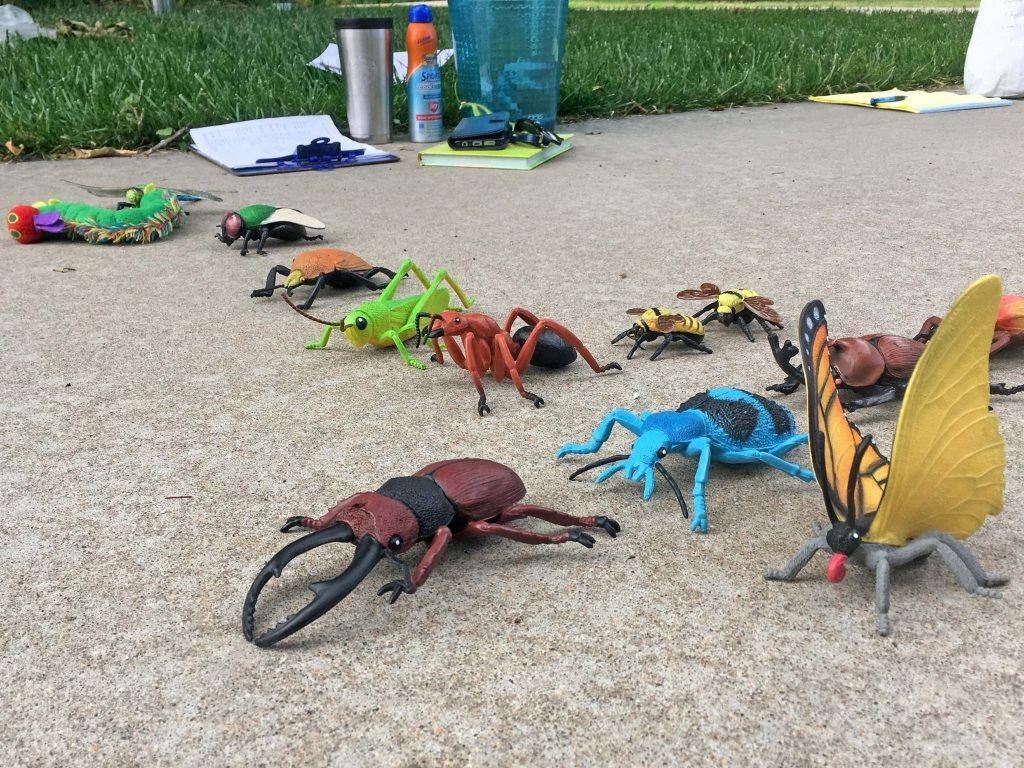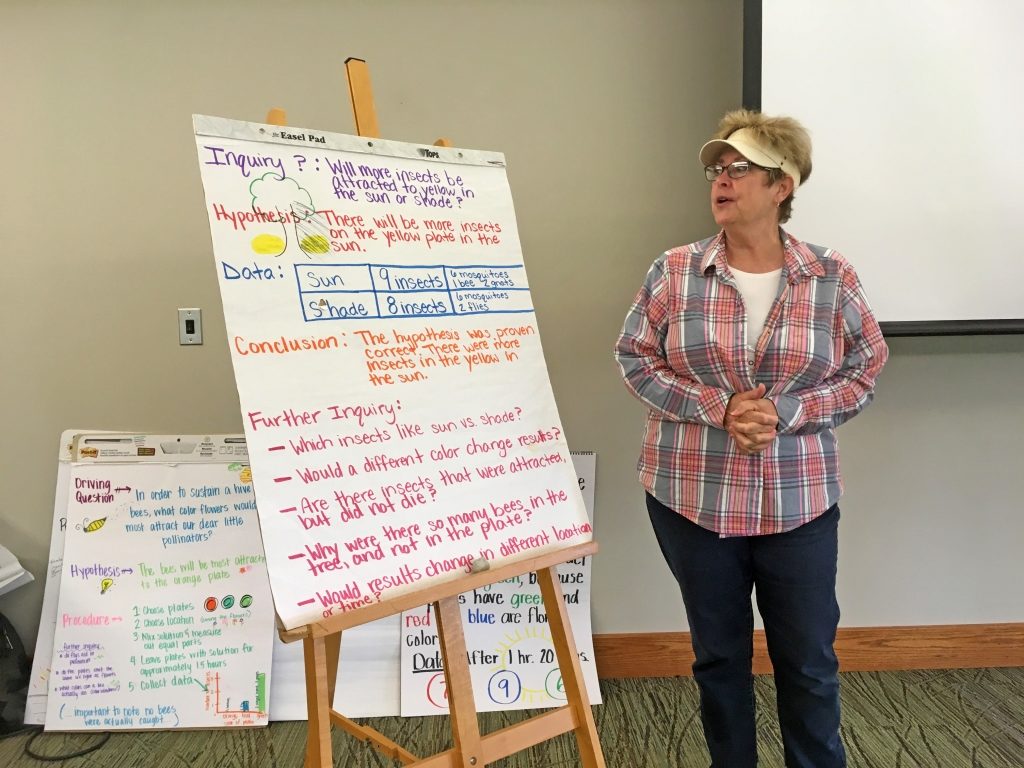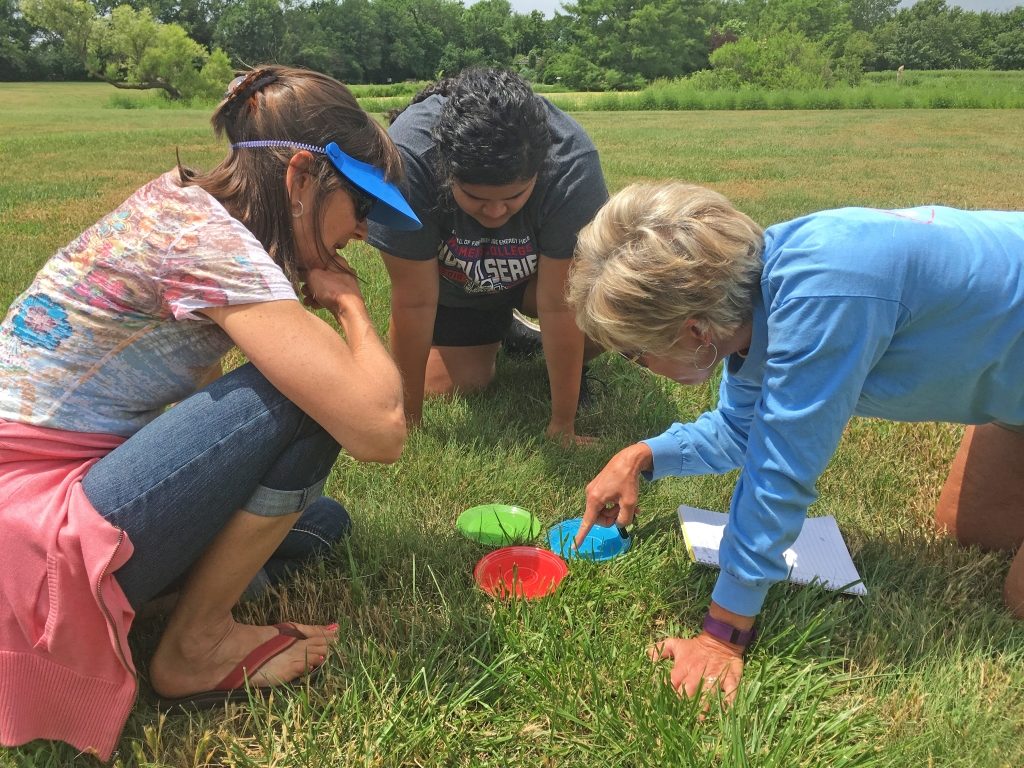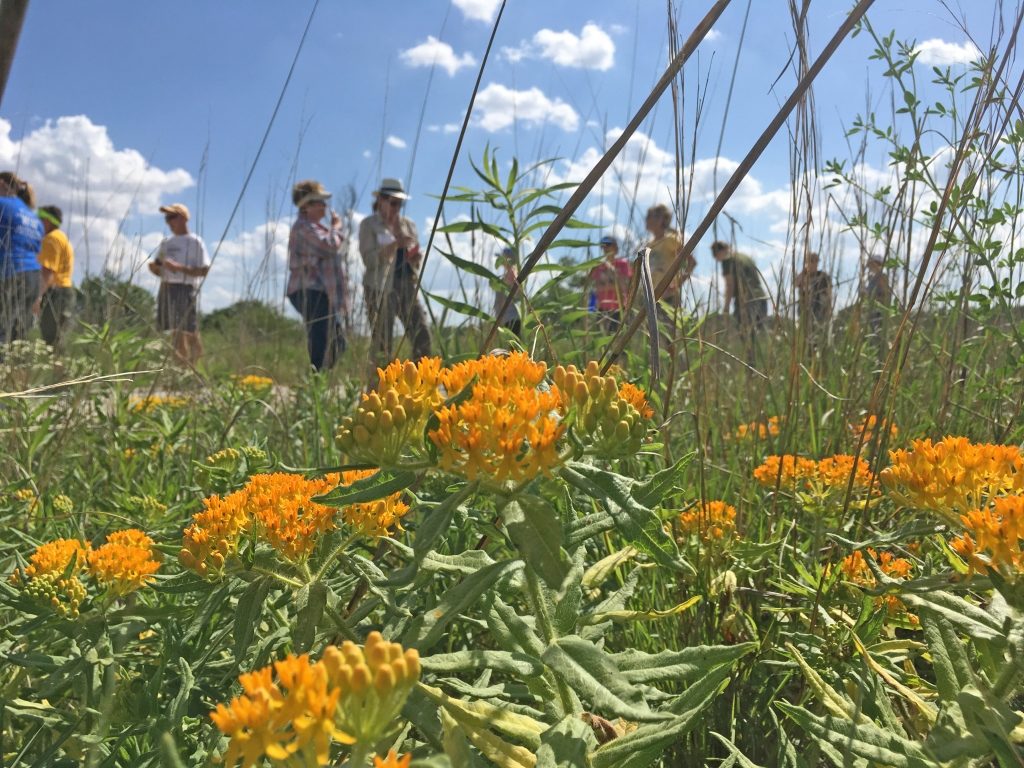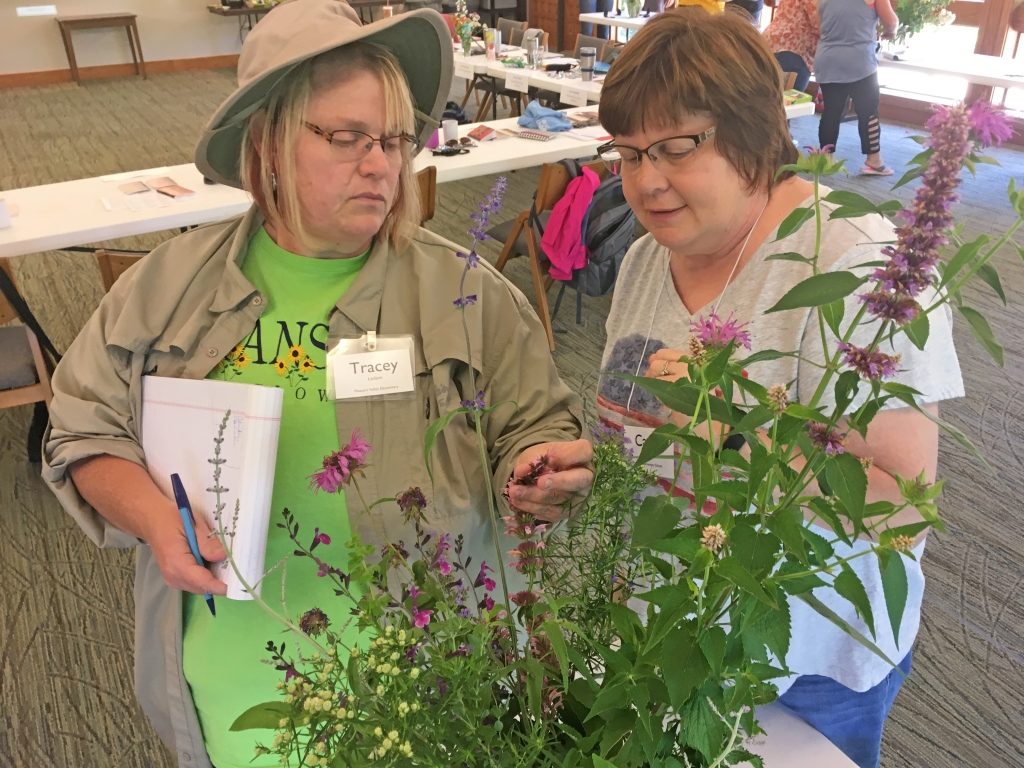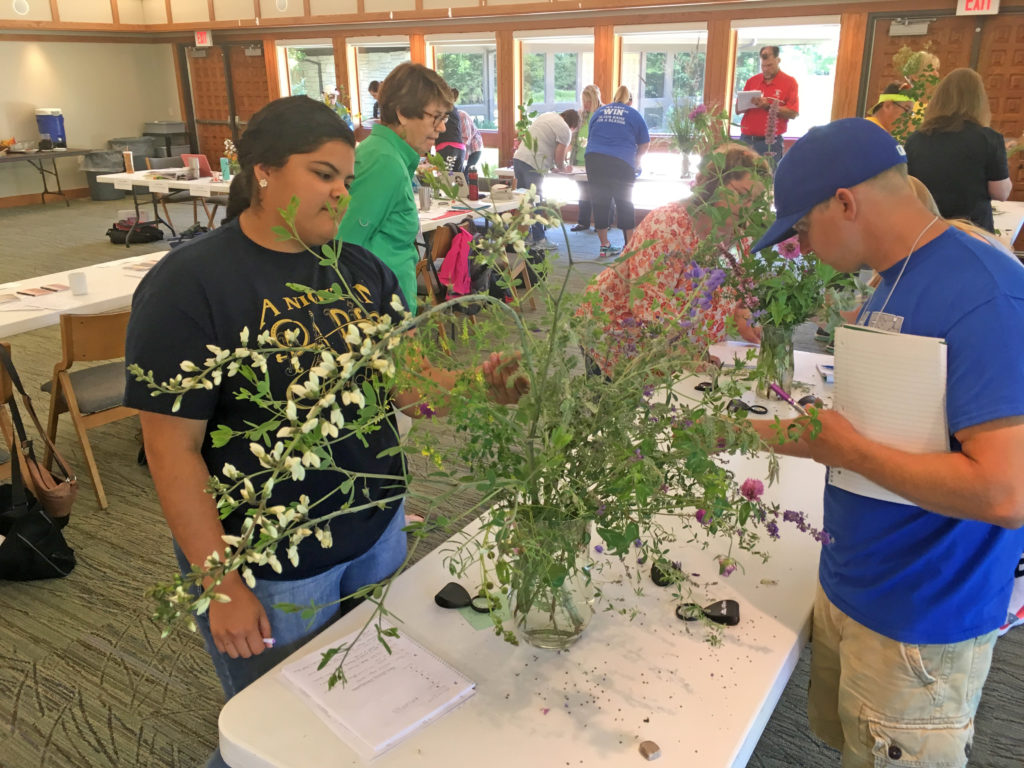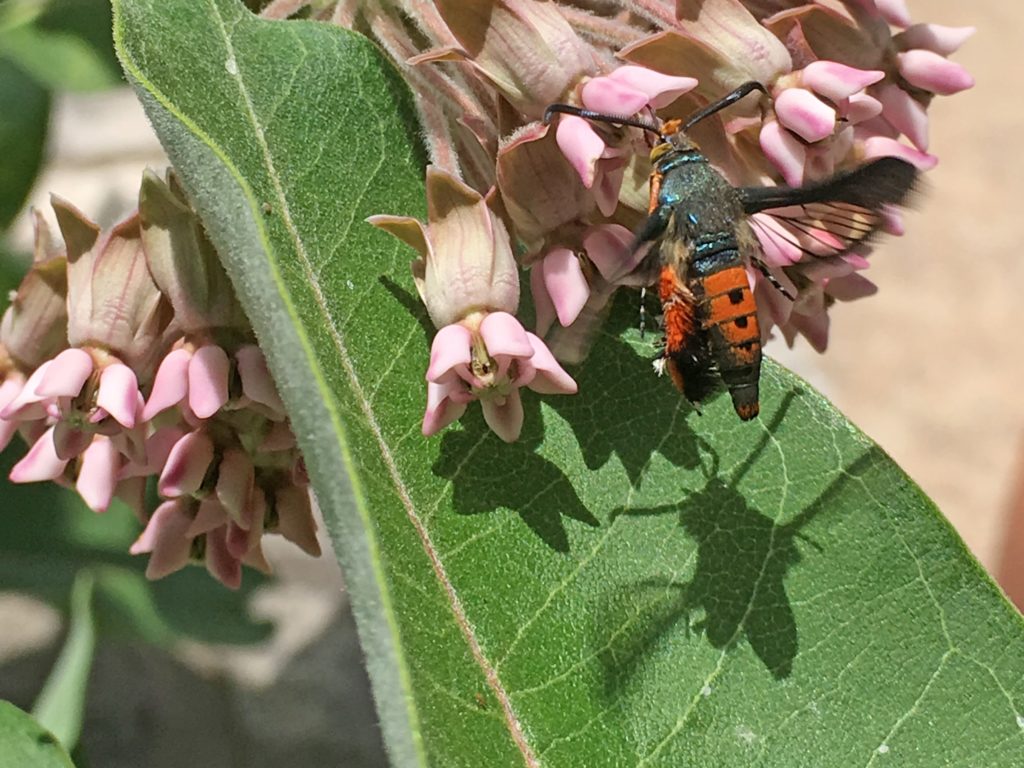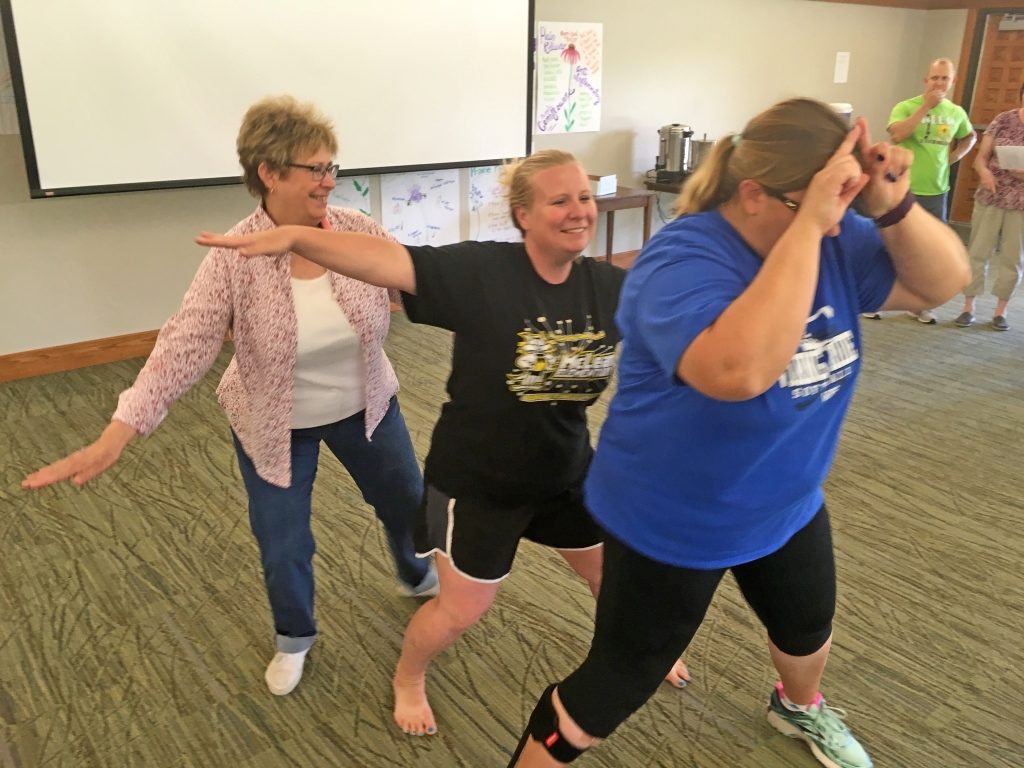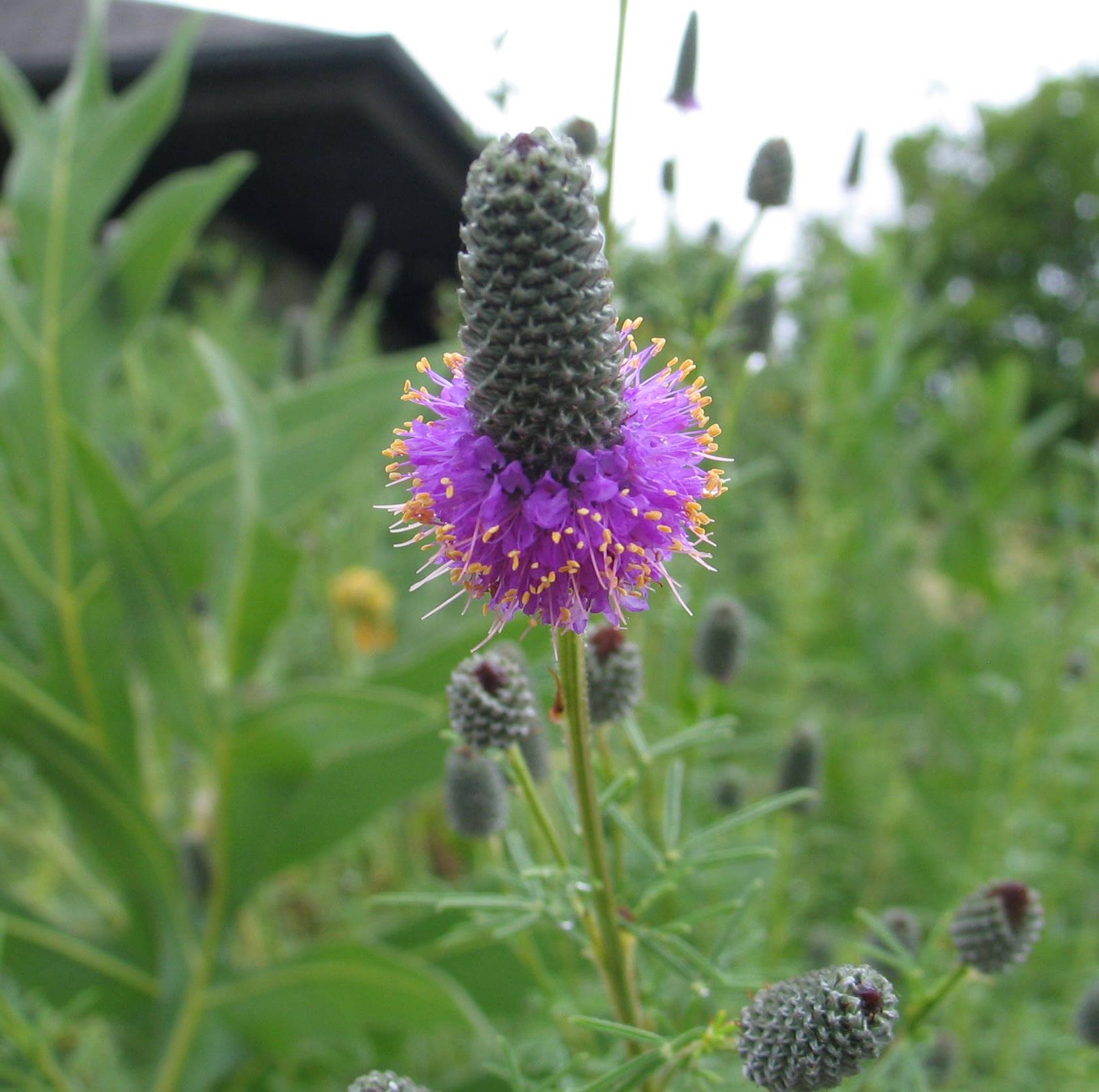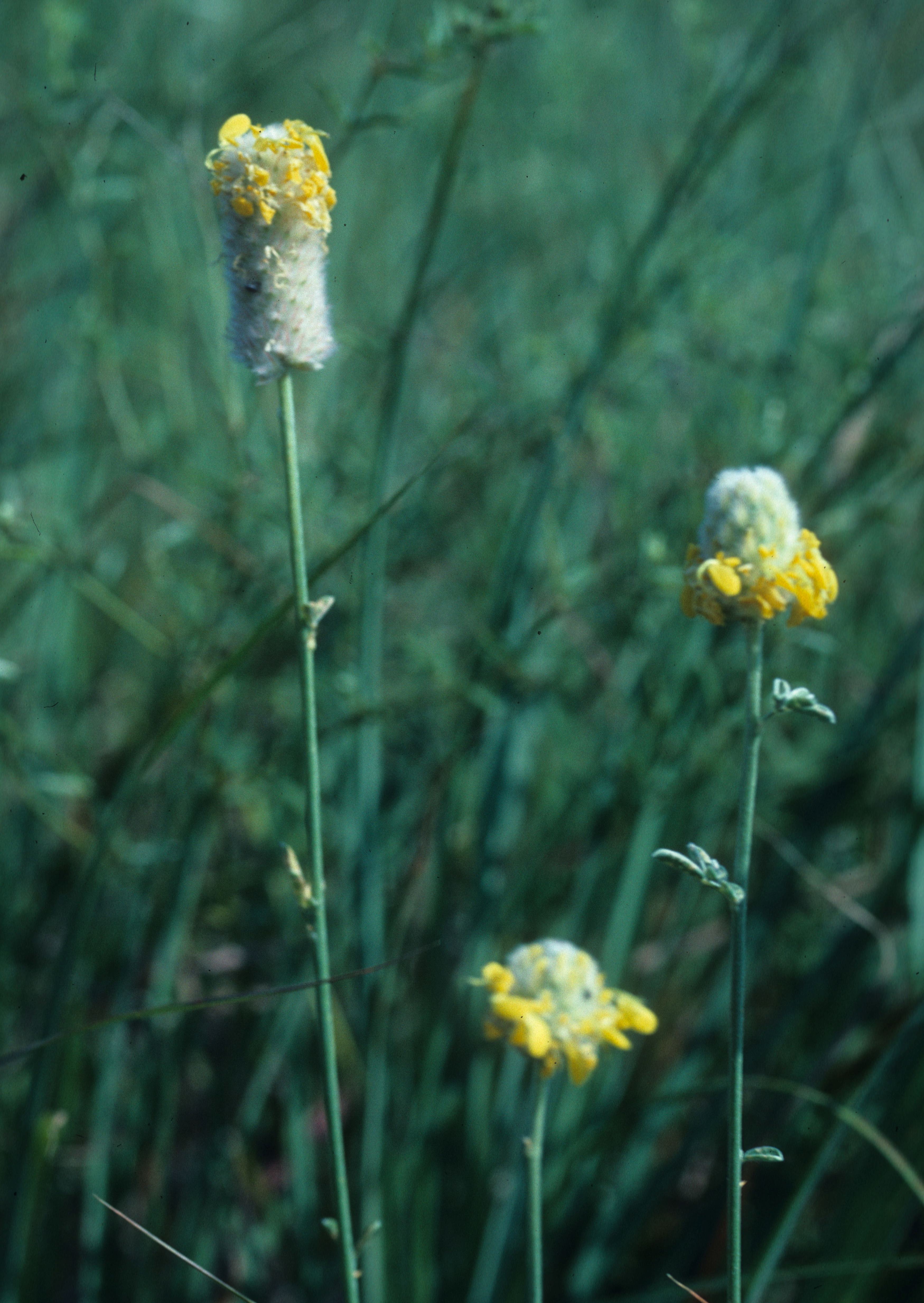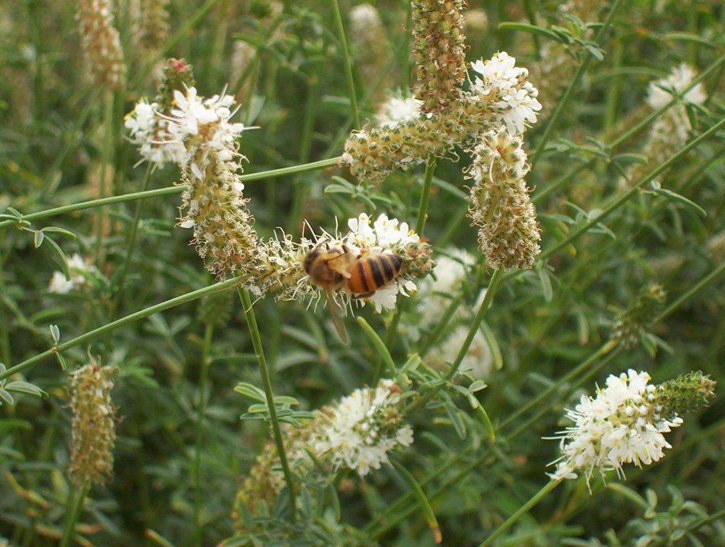With all the beautiful blooms around the Arboretum these days, the bugs are on a feeding frenzy! I have been having a blast snapping photos of all the active insects with my new camera gadget – a clip-on macro lens that attaches to a phone camera. My iphone can now get incredibly close and detailed shots of the tiniest insects. This handy tool is inexpensive and invaluable for bug-crazy individuals like me. I got mine courtesy of a Xerces Society pollinator workshop back in April.
Can you identify these Kansas insects? (without reading the captions first!)

Grey Hairstreak on Wild Quinine flowers (Strymon melinus on Parthenium integrifolium) with outstretched proboscis!

Goldenrod Soldier Beetle (Chauliognathus pennsylvanicus) dipping his head into the flower cup of Indian Hemp Dogbane (Apocynum cannabinum). Notice the long segmented antennae and claws on the feet for climbing.
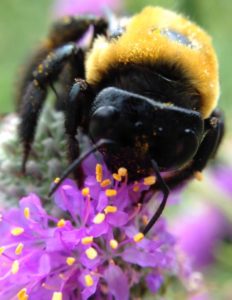
Carpenter bee (Xylocopa sp.) on Purple Prairie Clover (Dalea Purpurea) with pollen on his hairy legs.
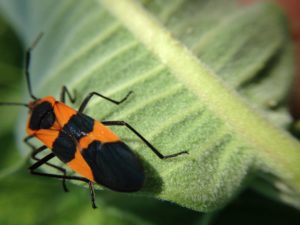
Large Milkweed Bug (Oncopeltus fasciatus) on the underside of a fuzzy Common Milkweed leaf (Asclepias syriaca)
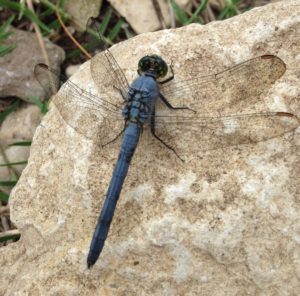
Eastern Pondhawk (Erythemis simplicicollis) resting on limestone near the greenhouse, probably on his way back to the pond.
The lens even allows me to take videos –
watch as a paper wasp forages on horsetail milkweed flowers and the pollen-covered bee in the picture above enjoys a snack on some purple prairie clover.
If you want to bee an insect expert, get one of of these lenses for yourself and snap away! They are useful as educational tools or for taking detailed pictures to help you and your extension agent identify particular garden friends or pests. When you visit our grounds to see these beauties for yourself, be sure to check the gift shop for a wide selection of children’s books and as well as adult field guides that focus on insects found in Kansas.
Find more goregous shots of Dyck Arboretum flora and fauna on our Instagram – https://www.instagram.com/explore/locations/255013257/dyck-arboretum-of-the-plains/

